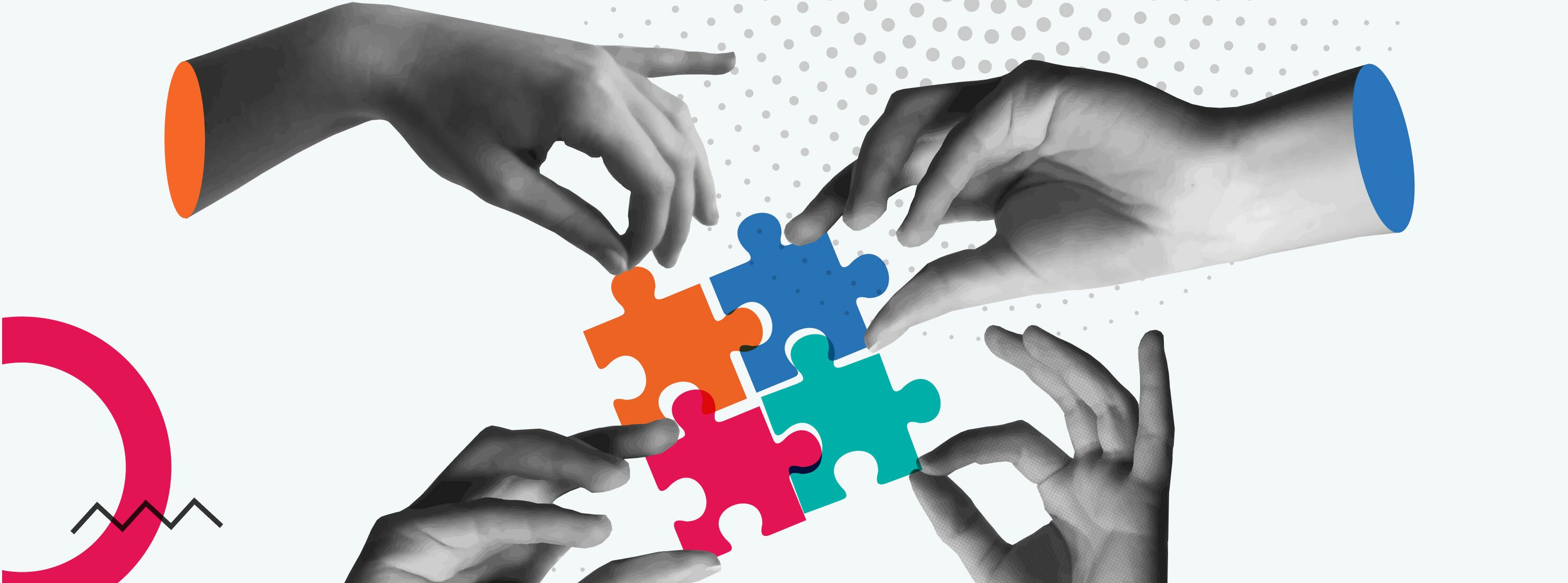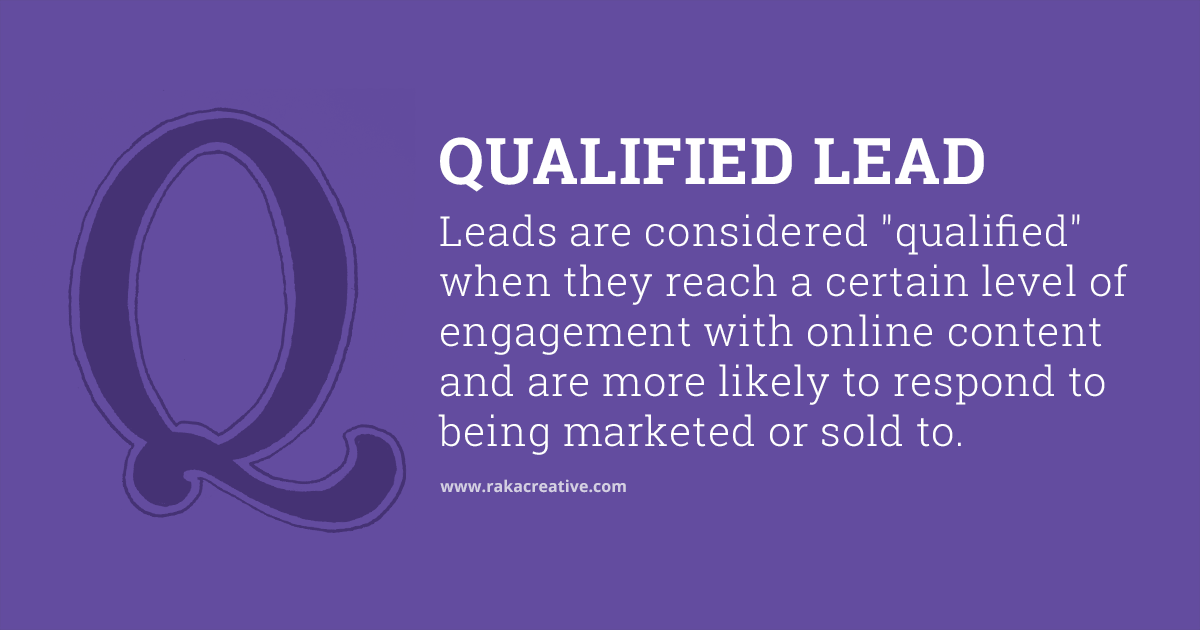If you’re not familiar with neuromarketing—and more broadly, neuroscience—you may be making marketing decisions that go against sound science. There are cutting-edge insights available that will challenge the underpinnings of your marketing effort, and the landscape is changing fast.
Neuromarketing is the study of how the brain responds to marketing stimuli, while neuroscience is more broadly the study of the brain and how it responds to all kinds of stimuli. The impetus behind both fields is to better understand why we do what we do and why we like what we like. Given that one of our big jobs as marketers is to create action and engagement, this is a productive field of study.
One of the cool things about HubSpot’s Inbound conference is the sheer number of sessions available, and Raka was able to take in a pair of neuroscience-centered talks that gave us some cool insights to chew on. Here’s a closer look at the way our understanding of how the mind works is changing (and should change) the way we market.
Neuroscience in marketing insights
Tom Shapiro, the founder of Stratabeat, was one of the presenters that piqued our interest at Inbound. His presentation covered a lot neuroscience-in-marketing ground, but some of the most interesting takeaways were:
- 90% of buying decisions are made in the subconscious mind
- An emotional response is everything—without it, your marketing and advertising do not resonate
- Human beings process visuals 60,000 times faster than text
- Anywhere from 30-70% of the time, you do not have someone’s full attention, online or offline
The somewhat uncomfortable conclusion here is that we’re neither consciously aware of why things appeal to us, nor why we make the decisions we make. We can grapple with that on our free time, though, because the conclusion for marketers is also powerful and needs to shape the way we do business.
Carmen Simon, a cognitive neuroscientist with Rexi Media, believes aesthetics and visuals are absolutely critical not just for making a positive first impression (which we’ll get to in a second), but for crafting lasting memories of your brand. That’s because if people have a reflexive action to your branding—because it elicits an emotional response like fear, arousal, or humor—they’re more likely to remember it later. You need to design everything you do online with that in mind.
Of course, as Simon put it in her talk, not everyone can use “sex and snakes” in their marketing. That just means you need to focus on making your site, blog posts, and infographics as aesthetically impressive as possible, to overcome the fact that you did not get into sex and snake marketing. Alas.
Impressions are made in the blink of an eye
How fast can you lose a positive impression with a prospect? Per Shapiro, it can take as little as 50 milliseconds. Consider that the blink of an eye is 300 to 400 milliseconds and you’ll quickly see someone’s making up their mind about your company before they even read about what you do.
Echoing Simon’s point about aesthetics, Shapiro noted the key is to project an instantly pleasing and credible facade. People use 50 percent of their brain’s processing power for visuals, so making a good first impression really is just about effective design, imagery, and organization.
In other words, stop putting off that website and branding overhaul.
Perception shapes reality
One of the more interesting stats Shapiro shared is that a full 88 percent of consumers find online reviews to be as trustworthy as recommendations from friends and family. On its face, this is absurd, because you don’t know pizzaguy34, and you certainly don’t know why he decided Carl’s Barn Full o’ Pies is the finest restaurant in New York City.
Or take the famous study that put 54 undergraduates in a room to taste “red wines” that were actually white wines dyed red. Each of those experts spoke about the white wine as though it were a red wine–the two have unique vocabularies–which tells you just how powerful visuals are, and how easily our minds are fooled.
So what does that mean for your business? Apply neuroscience to how you organize your site:
- Numbers that don’t end in zero seem more “real” than numbers that do, so consider that when you’re pricing
- Too many options overwhelm users, so stick to one or two options or calls-to-actions per page, to create the illusion of simplicity
- Be sure to display online reviews somewhere on your website, or offer a prominent link (remember, people really trust pizzaguy34!)
Neuroscience in marketing can go a long way for you, in other words, and you need to be on board. Make sure you understand how your personas think and how you can best reach them…with the power of science!





